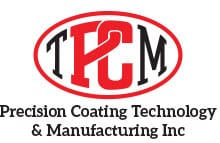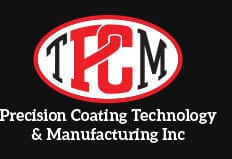What Temperature Can Powder Coating Withstand?
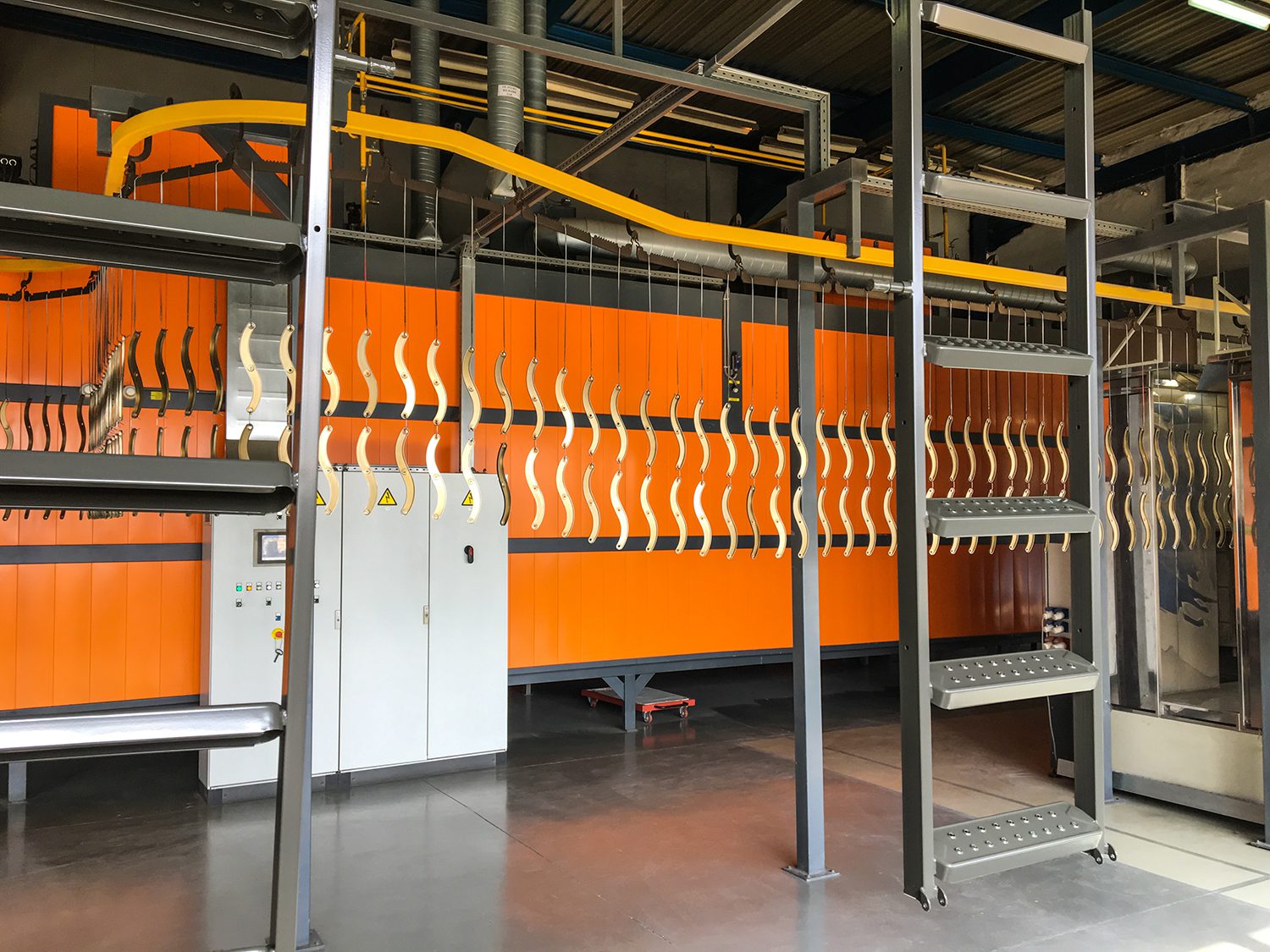
What kind of environments does your equipment face throughout your workday? Are you working on high-heat industrial factory floors that can cause damage to equipment? Are you asking, “what temperature can powder coating withstand?” When you are facing the heat of ovens or foundries, it is essential to know that your tools and parts will remain safe. While powder coating is a useful tool for protection, not all powder coatings can handle higher temperatures safely.
If you need to know that your powder coating will withstand your most stressful workday without failure, you need to work with Precision Coating Technology & Manufacturing. We offer heat-resistant powder coatings that provide you and your customers with peace of mind, smoother experiences, and more productive equipment. Call today to discuss your needs and how our powder coating technology can revolutionize your workday.
What Temperature Can a Powder Coating Withstand?
The temperature that your powder coating can withstand depends on the coating type. There are dozens of powder coatings available on the market, mainly falling into three categories.
Thermoplastic Powder Coatings
You will find thermoplastic powder coatings at the lower end of the heat tolerance possibilities. These types of powder coating are made of heat-reactive plastics that are applied as dry powder and melted onto the prepared surface during baking. A thermoplastic powder coating is typically less capable to withstand heat than other types.
For example, plastisol dip coating is a thick and durable powder coating commonly used on playground equipment and tools requiring high friction and durability grips. Plastisol can usually maintain stability in temperatures ranging from -35 to 200 degrees Fahrenheit.
Thermoset Powder Coatings
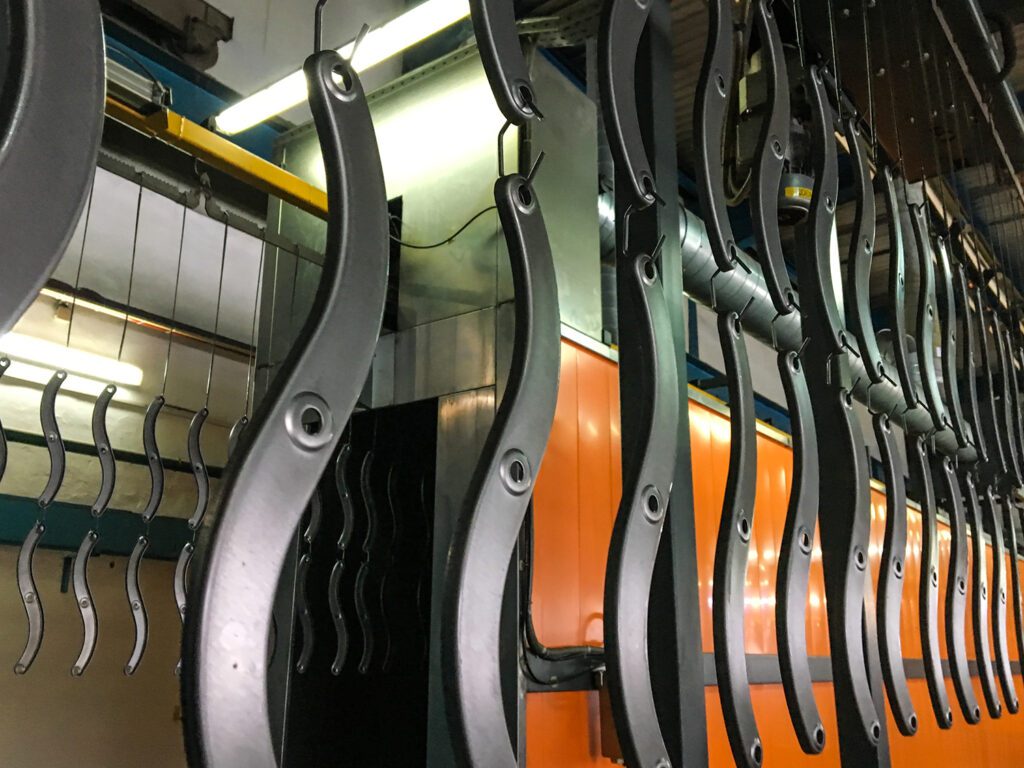
Thermosets are a class of powder coating that forms heat-resistant powder coatings that, as the name implies, are set with heat. During the curing process, a thermoset undergoes a chemical change, resulting in a coating resistant to higher temperatures. This coating is different from thermoplastic coatings, which typically melt onto the surface of your equipment or tools – a physical change, not a chemical one.
Thermosets, such as the fluoropolymer PTFE, can typically withstand temperatures up to 500 degrees Fahrenheit. This heat resistance is essential for a non-stick coating like PTFE, also known as Teflon®. A temperature range of 300-500 degrees Fahrenheit is considered mid-range for the powder coating industry, although this is a temperature that most people don’t interact with regularly.
Specialty Powder Coatings
High-temperature powder coatings are typically specialty coatings, including ceramic, silicone-based, and epoxy types. These are typically formulated to provide heat resistance and applied to engine components and exhaust systems. Specialty powder coatings can withstand and protect against heat as high as 800 degrees Fahrenheit.
Ceramic coatings are applied to equipment such as deep-sea submersibles, aircraft, and high-performance automotive engines for truly impressive heat protection. A ceramic coating is capable of withstanding temperatures of up to 1800 degrees without failure.
Getting Heat-Resistant Powder Coating Applied
Now that you know what temperature powder coating can withstand, you can think more seriously about the application. When you need a powder coating applied to your equipment, it’s important to work with an experienced and knowledgeable company that knows the right powder coating for your needs and can manage the intricacies of application – such as the process we use at PCTM:
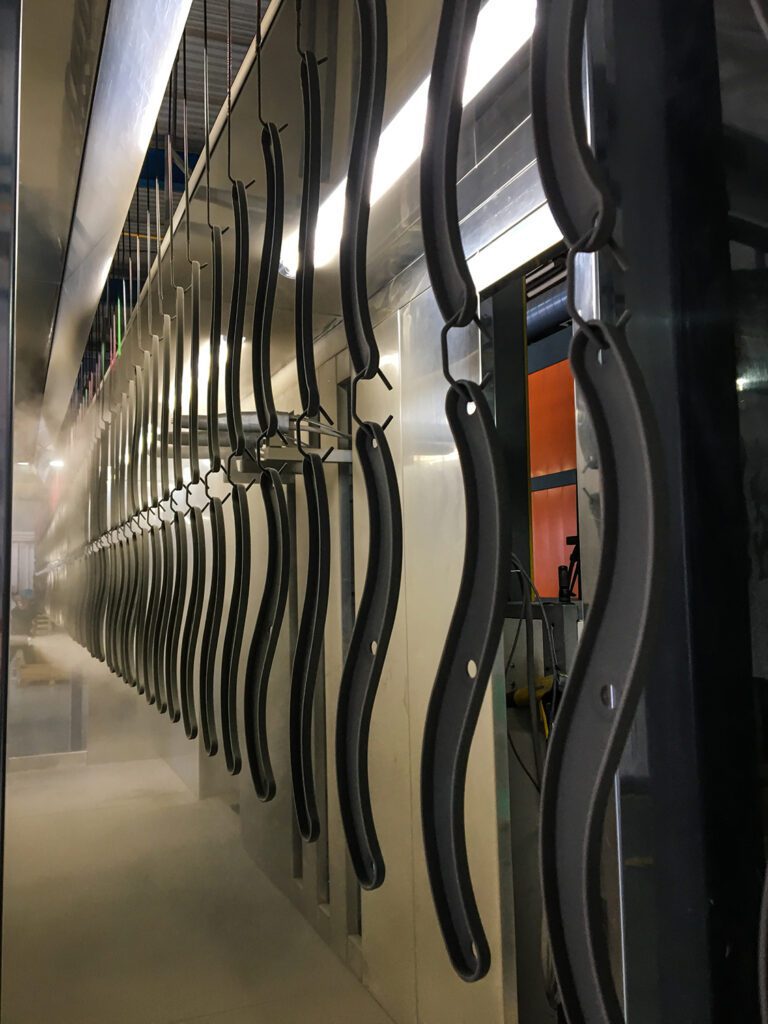
- Blasting: We prepare all metal surfaces with sand-blasting, which removes any previous coatings and debris that might interfere with the final bond between the surface and your powder coating. Sand-blasting also creates a rougher surface, which enhances this bond by providing micro-textures that give the coating footholds.
- Masking: Depending on the needs and purposes of your equipment, we may apply masking to critical areas of your equipment that need a surface clear of coating to function properly – such as screws, holes, or mechanical parts.
- Preparation: Directly before applying the powder coating, a final round of coating and priming is performed to ensure optimal bonding.
- Coating: Your parts are coated using either electrostatic spray on our industrial powder coating line or fluidized bed dip, optimizing the application of your coat for the best possible results.
- Curing: Your powder coat is baked in an industrial oven, where it is cured at a temperature appropriate for the materials involved.
- Quality Control: Finally, we assess the results and perform final quality control measures, including testing, milling, and inspecting the parts.
At PCTM, we offer a wide range of powder coating types and application methods, enabling us to provide the custom results you need.
Call on Precision Coating Technologies & Manufacturing to Protect Your Equipment!
Are you tired of replacing equipment and having to re-apply liquid coatings? Skillfully applied powder coatings aren’t just smoother and more attractive, they last longer and are more durable. As your powder coating services provider, PCTM can offer you valuable insights and expertise as you select high-heat tolerance coatings that will serve you for years to come.
Are you ready to beat the heat? Call Precision Coating Technologies & Manufacturing today! We know what temperature powder coating can withstand and can provide you with a quote for the coating tailored to your working needs.
Resources:
